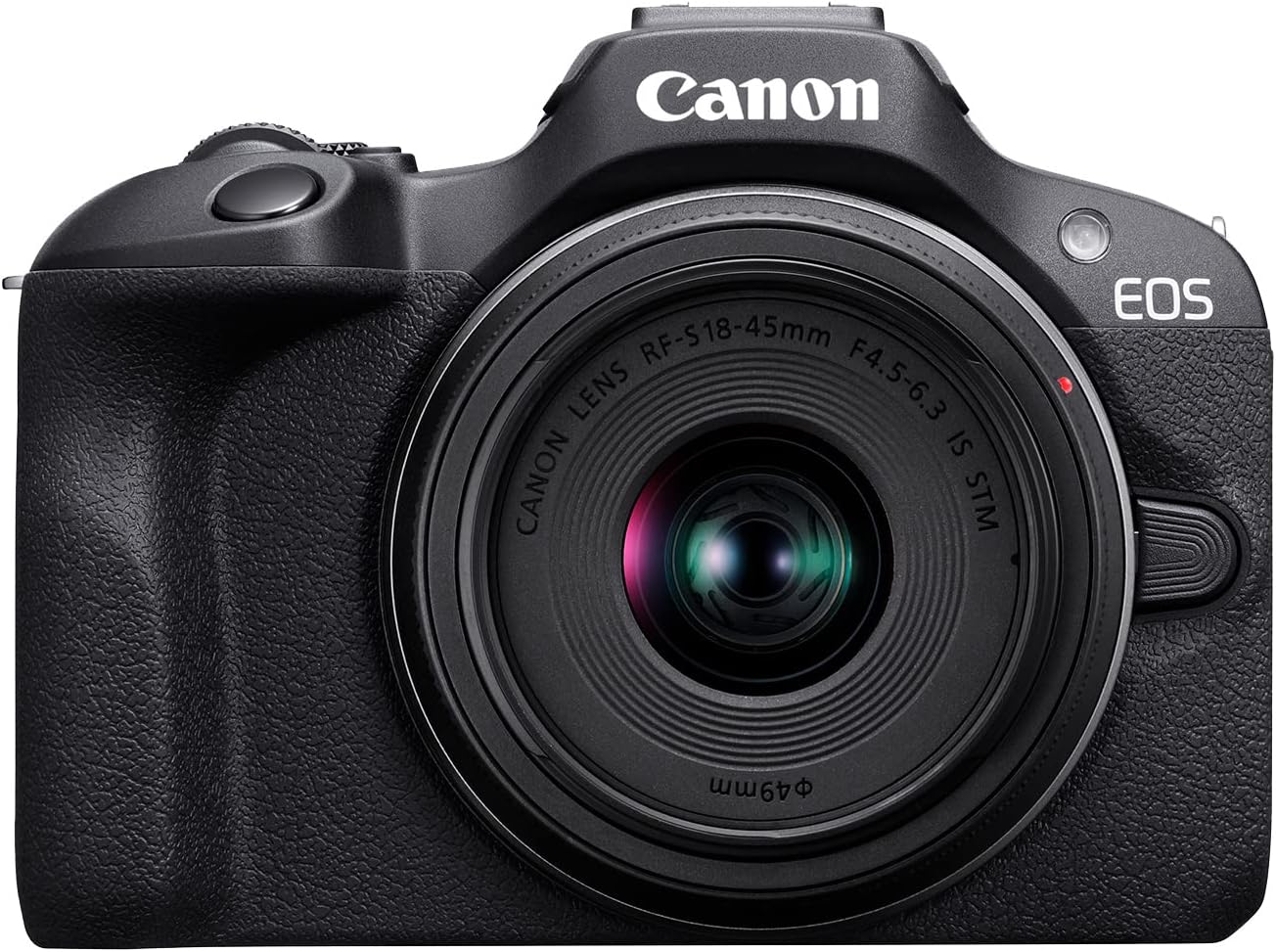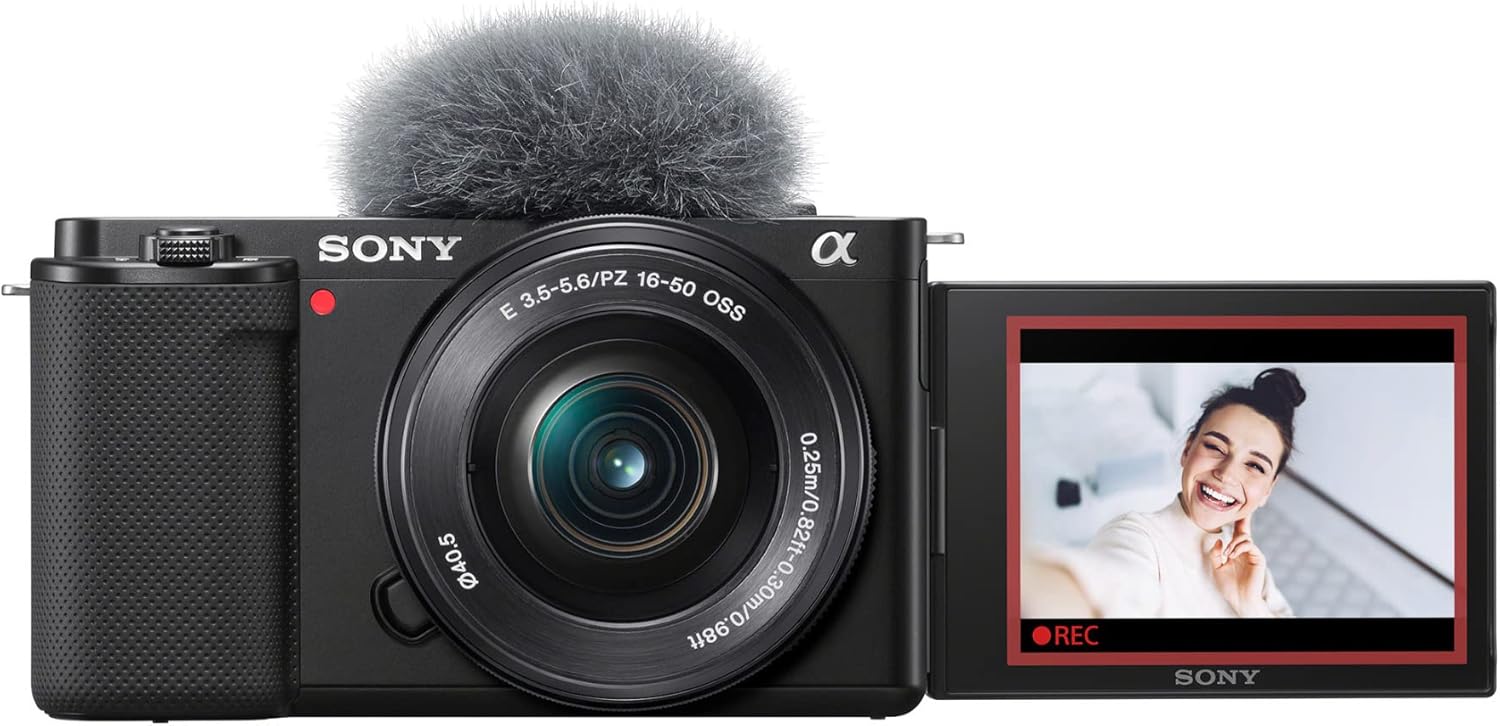What Was the First Mirrorless Camera: A Remarkable Evolution in Photography
Photography is a constantly evolving field, bringing about technological advancements that shape how professionals approach capturing moments. One landmark development in recent years has been the rise of mirrorless cameras, a groundbreaking innovation that has given photographers a new suite of tools to experiment with. But what was the first mirrorless camera, and how did it kickstart a photographic revolution?
Before we dive into the specifics, it's essential to understand what a mirrorless camera is. Unlike traditional DSLR cameras that use a mirror to reflect the lens image into an optical viewfinder, mirrorless cameras forego this mirror mechanism. Instead, light passes directly from the lens to a digital image sensor, allowing for a more compact body design, quicker focusing speeds, and real-time digital previews.

The Birth of Mirrorless: Where It All Began
The concept of a mirrorless system dates back to the late 2000s. The first commercially successful mirrorless camera was the Panasonic Lumix DMC-G1, launched in late 2008. Its introduction marked a significant shift, enabling photographers to access DSLR-like quality without the bulk associated with traditional DSLRs.
Features and Innovations
- Electronic Viewfinder (EVF): The G1 was one of the first cameras to offer an EVF, providing a real-time preview of the final image.
- Interchangeable Lenses: Emulating the flexibility of DSLRs, the G1 allowed photographers to switch lenses to suit various shooting conditions.
- Compact Design: Reduced in size due to the absence of a mirror, making it more portable for professionals on the go.

Why Mirrorless Cameras Matter
What was the first mirrorless camera is a stepping stone to understanding the broader impact of this innovation. For professional photographers, the transition to mirrorless has meant:
- Faster Autofocus: Utilizing phase-detection directly on the sensor helps achieve quicker focus times.
- Superior Image Quality: Benefits from advancements in digital sensors and processing capabilities.
- Lightweight Portability: Reduced size makes mirrorless cameras convenient for travel and extended shoots.
Popular Models Today
Many cameras have followed in the footsteps of the Panasonic Lumix DMC-G1. Here are some of today's most significant models:
- Sony Alpha a7 III: Renowned for excellent low-light performance and dynamic range.
- FujiFilm X-T4: A favorite for its exceptional build quality and color science.
- Canon EOS R5: Packed with high-resolution capabilities and impressive autofocus technology.

The Road Ahead
The first mirrorless camera paved the way for innovations that have pushed the boundaries of what's possible in photography. Future mirrorless models are expected to incorporate artificial intelligence, enhanced connectivity, and even more compact designs. Here you can find more about using current mirrorless camera for webcam.
Mulling over the question, What is a full-frame mirrorless camera? Its crucial to understand the continued legacy and advancements derived from the pioneering Panasonic Lumix DMC-G1.
FAQs
What was the first mirrorless camera?
The first mirrorless camera to gain commercial success was the Panasonic Lumix DMC-G1, released in 2008.
What are the advantages of mirrorless cameras over DSLRs?
Mirrorless cameras are usually more compact, offer faster autofocus, and provide real-time digital previews through electronic viewfinders.
Can mirrorless cameras use DSLR lenses?
Yes, with appropriate adapters, many mirrorless cameras can use DSLR lenses, although this may affect performance and autofocus speed.
For more insider knowledge, check out how these innovations shape everyday photography on Findingtheuniverse.
As an Amazon Associate, I earn from qualifying purchases.

